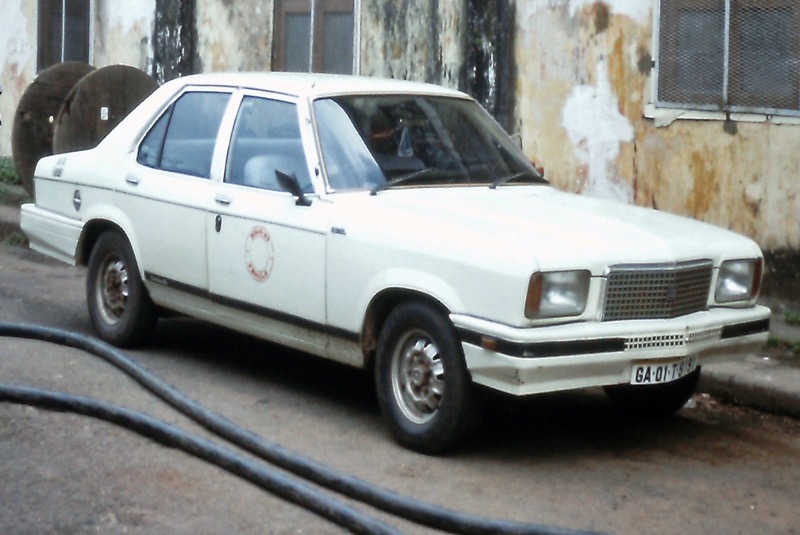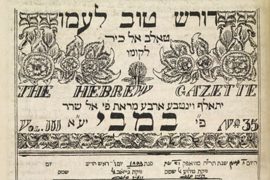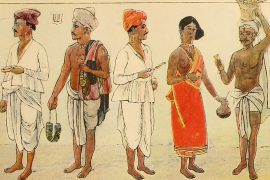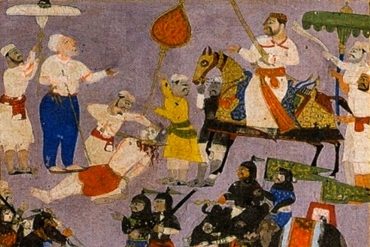The charm of the Contessa continues to captivate young auto enthusiasts throughout the country. Manufactured by Hindustan Motors, Contessa was first launched in 1984 as a development of the British Vauxhall Victor FE — a model which had been discontinued in 1979 — and soon became an Indian-manufactured luxury car in the market.
Hindustan Motors Limited (HML) was the first Indian car maker founded by B.M. Birla before India’s independence from the British. Their car, Ambassador, became the symbol of the Indian automobile industry, which had dominated the market for almost 40 years. It was a preferred ride for politicians and bureaucrats, and it became the first official transportation carrier for the country’s prime minister.
India’s car industry took a long time to develop, especially compared to the Western world. Europe had sports cars, whereas the United States had muscle vehicles. India never had any of that, and our automakers concentrated all of their efforts on passenger vehicles, which are highly popular all over the world, making them a secure investment.
Hindustan Motors approached Vauxhall in 1979. They wanted to add a new vehicle to their lineup and were interested in Vauxhall F.E. V.X.’s body to produce an upmarket car that stood next to their iconic Ambassador. F.E. V.X. were legally bound to supply body parts and panels for their cars five years after the car’s production was discontinued. Vauxhall could not risk becoming unable to honour their legal obligation.
Hindustan Motors came up with a solution. The production of their upmarket car was planned to start only after 1984. They agreed to supply body panels that Vauxhall may need. Although Vauxhall did not really need it, they agreed to supply Hindustan Motors with all the tooling and presses for the body along with the blueprints for manufacturing at the cost of 1.5 million pounds.
The result was going to be the very next product the HML offered. It was going to become the queen of Indian roads. Separate car production began at their Uttarpara manufacturing plant. To recreate the interior and dashboard, the engineering team pledged to employ locally manufactured parts. After extensive testing, the car was declared reliable, and in 1982, it was christened Contessa.
The name Contessa is related to the word ‘Count,’ a foreign Nobleman who served as an intermediate level for individuals. The name originates from ‘Countess,’ who was the Count’s wife. Even the names given to Indian automobiles represented the British Raj’s presence in the nation, as the Ambassador had done previously. It demonstrates how English culture was emblematic of elitism.
Contessa made big in the news as it was produced by India’s major car manufacturers of the time. The only competitor it had was the short-lived Standard 2000. Due to its spacious cabin and comfortable interior, the model became symbolic of luxury that dominated the domestic market.
The car was advertised as being on par with the classy English culture and luxury. The ad featured a man in a suit chauffeured through a scenic route, reading an English newspaper while resting on the rear cushion seats, which include soft carpeting and a retractable rear armrest. The tagline for Contessa: ‘sheer poetry in motion.’
At first, the sales were slow, with most produced cars going to the government and municipal officials. Contessa had a 1.5 L engine and an older version of the gearbox combination. It was highly underpowered, with a top speed of 75mph or 120 kph. In 1986, HML acquired rights from Isuzu to produce their 1.8 L petrol engine locally and an updated 5-speed gearbox. The car became an instant hit when a revised Contessa, with a new engine and gearbox and updated grille and bumpers, was released in 1987.
The partnership with Isuzu proved extremely beneficial for HML as the powerful engines upgraded the classic Ambassador. Their manufacturing facilities began to provide Mahindra and GM Opel as well.
Now, Contessa had everything there was for a car to offer. Powerful engine, elite looks, space and comfort, commanding road presence. It was available with a fuel-injected engine, a two-litre diesel engine, and a two-litre turbo diesel engine. The sales shot up, and so did the standards of power and luxury.
There was only one generation of Contessa throughout its run. However, there were two iterations and some significant mechanical changes with time. The Contessa had four doors, unlike the normal two-doored muscle cars. However, due to its low seating position and shape, the car is commonly known as the ‘Indian Muscle.’ Even to this day, Contessa is remembered as one of India’s first muscle cum luxury cars.
Hindustan Motors was supported by the government, which allowed its initial growth, but the automotive industry was at a standstill as all the models of old and outdated cars manufactured in Europe or Japan were rebuilt. The Rajiv Gandhi government established the Delhi Auto Expo, allowing international car manufacturers to enter the Indian market.
Soon, there was an increasing attraction for multinational car companies such as GM, Ford, Suzuki, etc., in the Indian automobile market during the late 90s, and the demand for Contessa began to decline. The collaboration of Suzuki with Tata Maruti acquired a big share of the market by delivering contemporary, compact, fuel-efficient vehicles suited for Indians. Contessa remained in the market for 18 years until the HML discontinued its production in 2002.
Although discontinued, even today, Contessa turns heads on the roads as it passes as the Indian classic. A few owners in Southern India have carefully preserved their Contessa cars. In 2018, a get-together of avid cars at the Tamil Nadu-Kerala border brought together 24 Contessa cars.
There is also a ‘Conty Club,’ which is a proud alliance of Contessa owners in the South. A Club office bearer, Naveen, owns a Contessa that he bought in a government auction that belonged to a former vice president.
“Most of these cars were owned by VIPs of the Government. They were the status symbols once,” he says, about the Contessa cars that showed up at the get-together.
-30-
Copyright©Madras Courier, All Rights Reserved. You may share using our article tools. Please don't cut articles from madrascourier.com and redistribute by email, post to the web, mobile phone or social media.Please send in your feed back and comments to [email protected]











